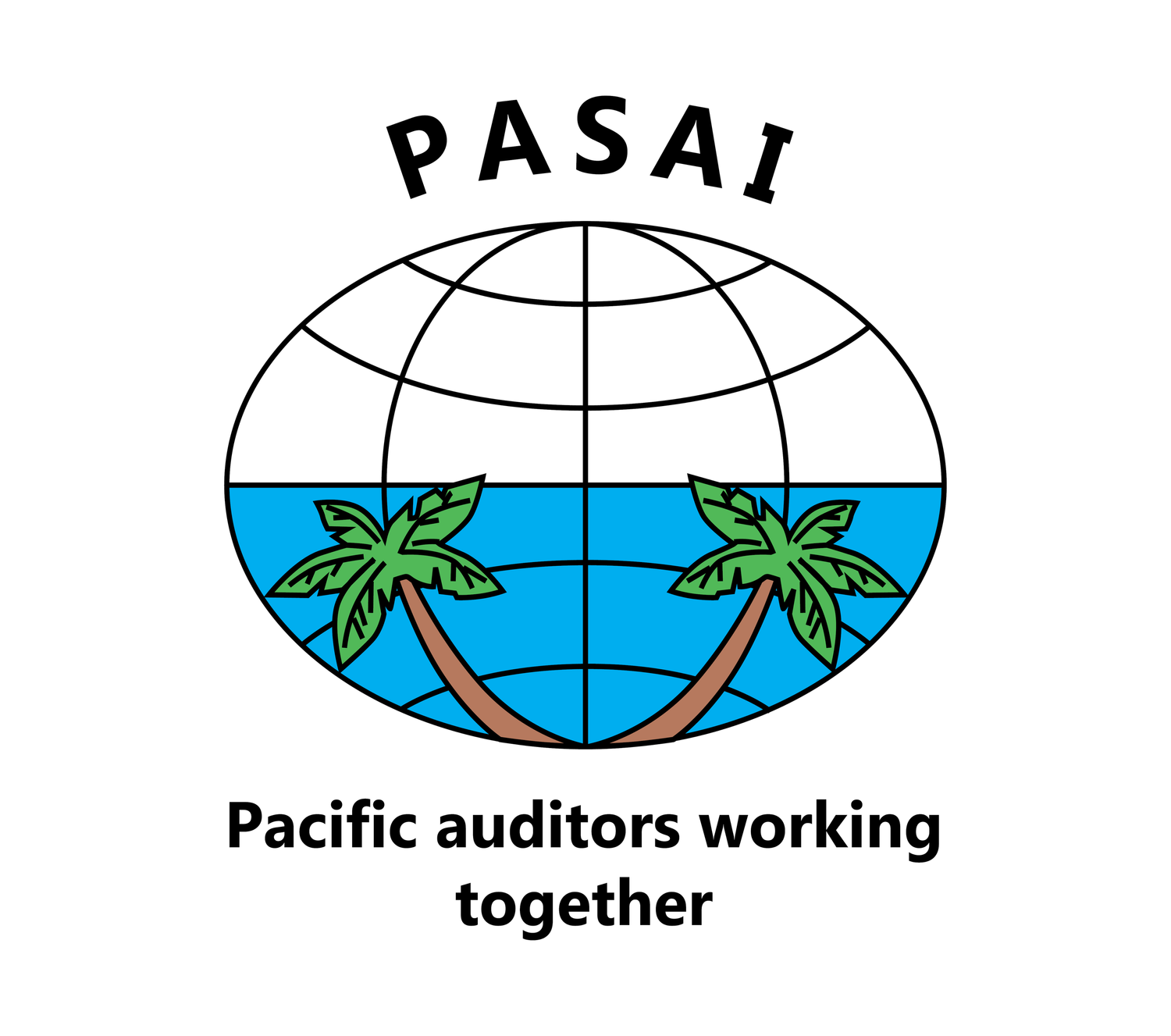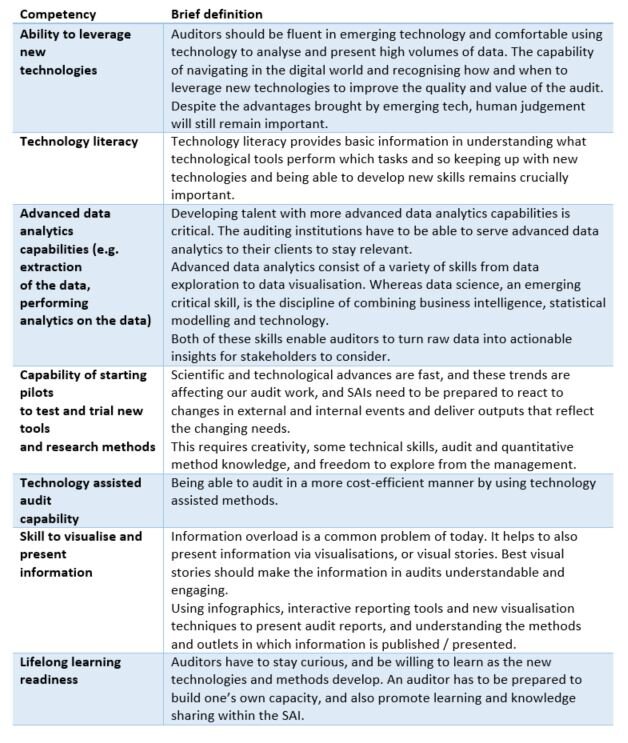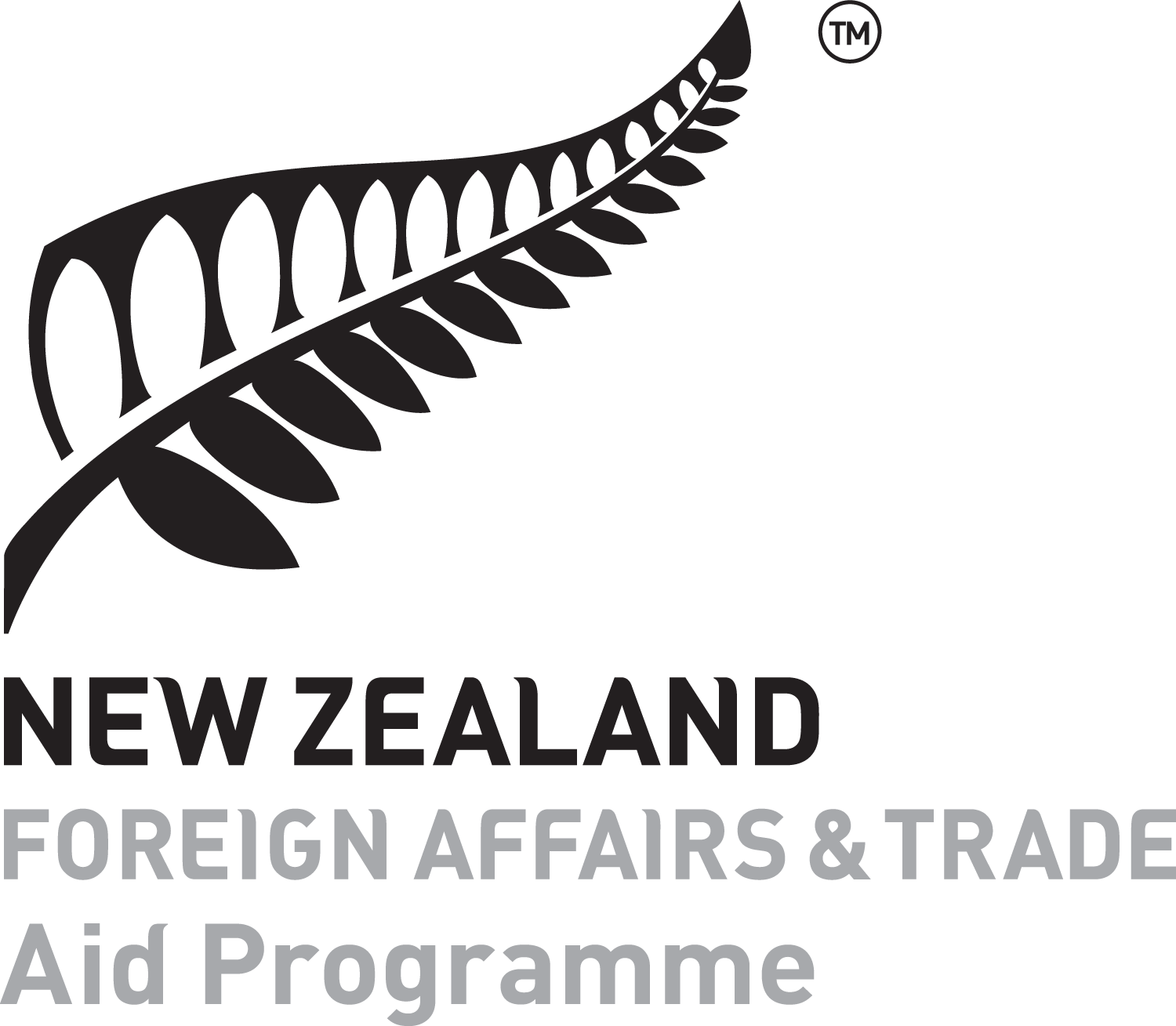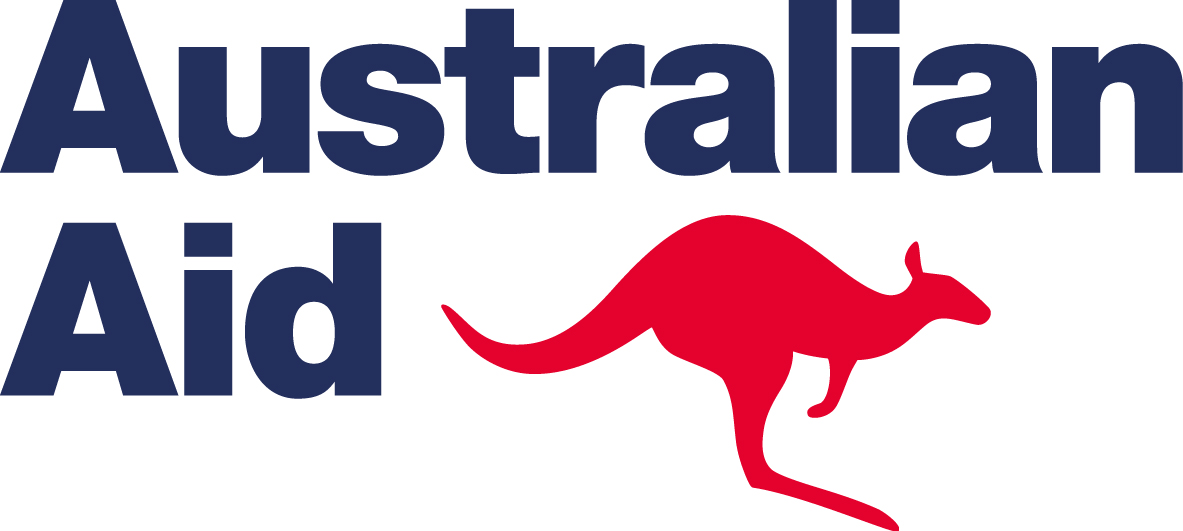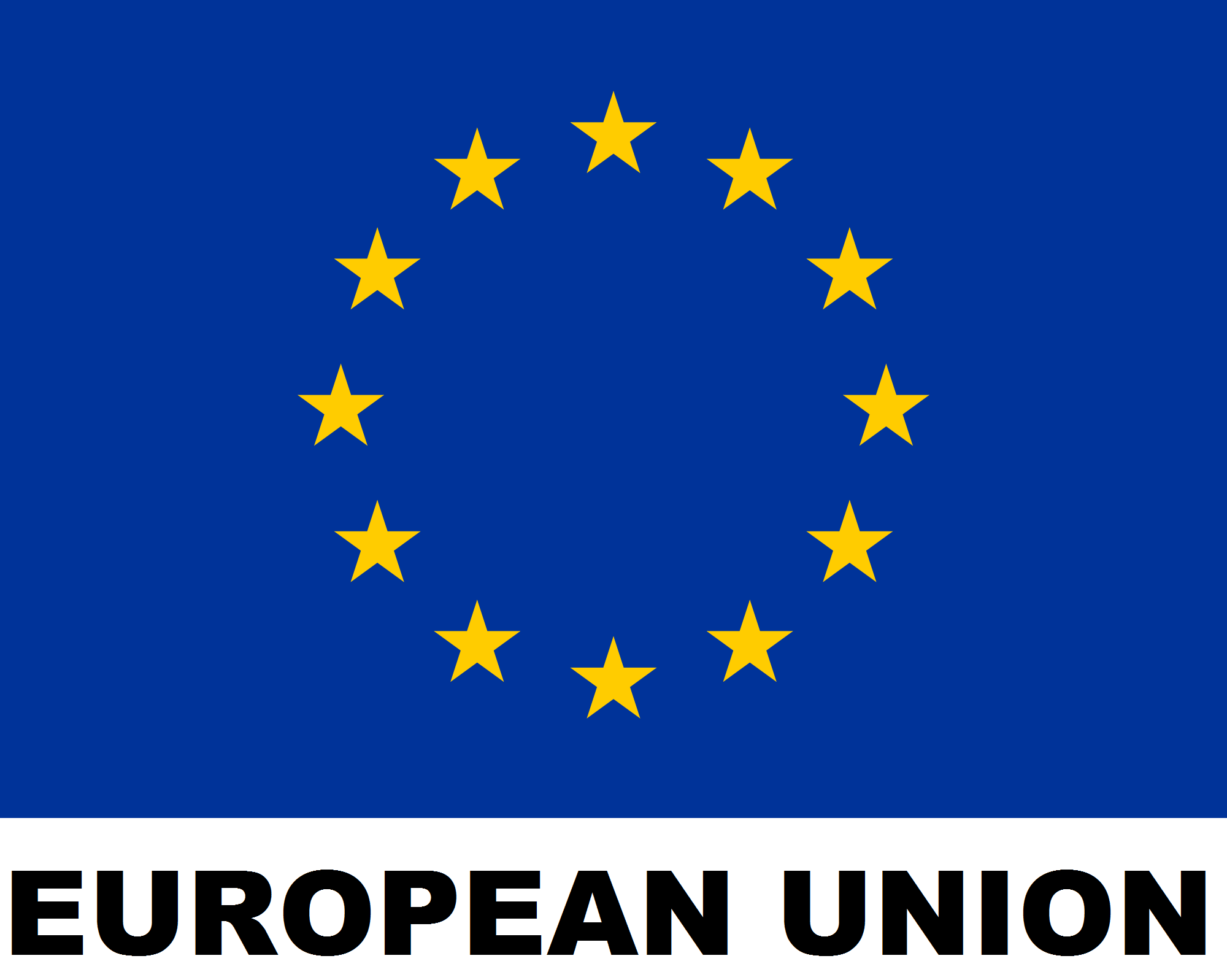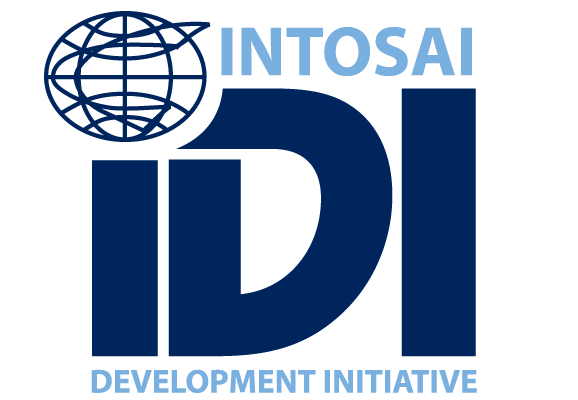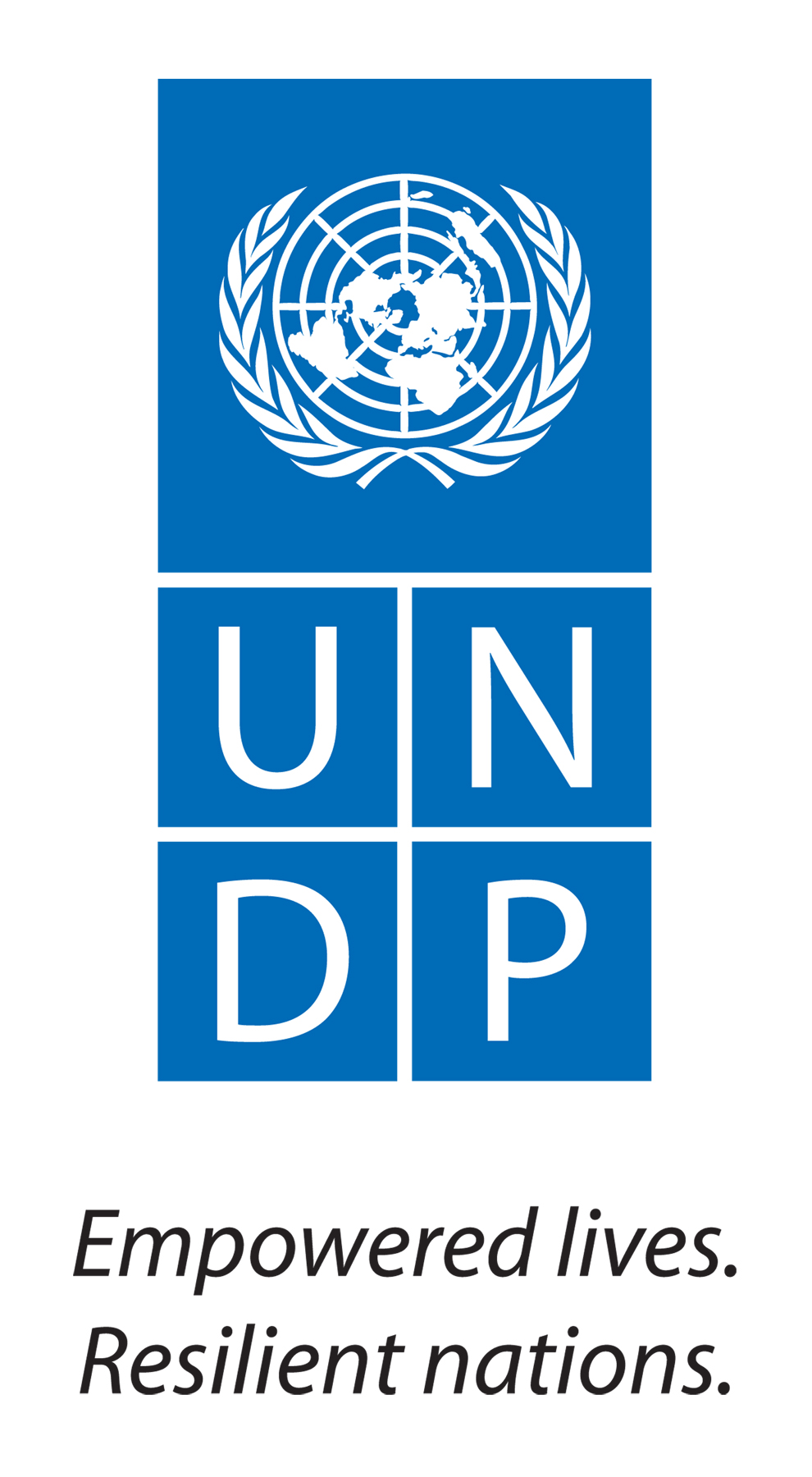By Sinaroseta Palamo-Iosefo, Director – Practice Development, PASAI
A mandate that provides supreme audit institutions (SAIs) the discretion to select areas of audit focus is a tremendous responsibility. It deserves proper strategic planning, external consultation and due consideration to the intended benefits to citizens the audits will achieve through their impacts.
Coherent audit planning
A well-structured strategic plan ensures the SAI will produce work that contributes to improving performance in the public sector and solving societal problems. A SAI should have an established planning system and process to ensure it covers issues of broad public and political interest.
Where SAIs have flexibility to choose the objective and scope of their performance or compliance audits, they should consider emerging issues like inclusiveness in the audit planning process. They should also consider the resources required to perform these audits.
The COVID-19 pandemic has, in many cases, increased the disparities of opportunity, wealth and power among people. These inequalities reveal themselves when looking at demographics such as gender, ethnicity, age, class, disability, sexual orientation, religion, nationality, indigeneity, migratory status, socio-economic status, and geographical remoteness.
SAIs should consider the range of issues and risks heightened by the pandemic when selecting audit focus areas to remain relevant, increase their impact and make valuable contributions to their citizens.
SAI value creation
While SAIs have control over the quality and timeliness of their audits, there are other factors that affect the SAI’s contribution to greater impact on citizen’s lives, especially the most vulnerable and marginalised sectors. The diagram below depicts the value chain of what the SAI can achieve through audits.
Source: Adapted from IDI’s Performance Audit ISSAI Implementation Handbook, August 2021
It’s more than completing quality audits and submitting timely reports (SAI outputs), which are within the control of the SAI. The impact of the SAI’s work can only materialise when auditees action recommendations. However, if the overall accountability framework is insufficient, some auditees may lack the incentive to action any recommendations.
For citizens to reap the benefits of improvements in public service delivery, it usually requires legislative scrutiny of audit reports and interest from CSOs and the media, among other key stakeholders.
Auditees usually care about the risk of reputational loss. Knowing the implementation of audit recommendations will be followed up can motivate action.
Strategic alliance
Each SAI is part of an ecosystem with its own unique social, economic, and political context. Multiple stakeholders such as legislative bodies, auditees, civil society organisations, professional bodies, academia, and media all play a role in achieving audit impact. SAIs need to take an active role in engaging with these stakeholders throughout the audit process to ensure government policies, programmes and institutions are inclusive and responsive to the needs of citizens, especially the marginalised sectors.
Throughout the audit process—from planning, conducting, reporting and follow-up—SAIs need to maintain an active dialogue with relevant stakeholders to understand significant societal issues, the main risks, and how the SAI can add the most value through the intended audit.
PASAI support
PASAI continues to build SAI capabilities to develop their own strategic and operational plans, human resource strategies and communication strategies.
An upcoming course on Strategic Audit Planning will cover in depth how SAIs should select potential audit topics by intentionally reviewing government priorities, policies and programmes. It will also give participants a deeper understanding of emerging societal issues. SAIs should have a rationale for any audit, especially performance or compliance audit.
Collectively these initiatives aim to strengthen the SAIs to deliver meaningful and impactful audits.
Impacts guide the audit process
In summary, SAIs should focus on the outcomes and the long-term effects of audits. The overall objective of the SAI is to deliver value and benefits and make a difference in the lives of citizens. SAIs should actively consider impact throughout the audit process when:
planning – create a coalition with stakeholders when selecting audit topics to ensure audits focus on relevant and significant issues affecting government and citizens,
conducting – perform audits in accordance with relevant standards or ISSAIs to ensure audit quality,
reporting – communicate the value of audit results through timely reporting to all stakeholders, and
following up – check with the Legislature and auditees to ensure recommendations have been fully implemented for citizens to benefit from improvements.
The Pacific Association of Supreme Audit Institutions (PASAI) is the official association of supreme audit institutions (SAIs) in the Pacific region, promoting transparent, accountable, effective and efficient use of public sector resources in the Pacific. It contributes to that goal by helping its member SAIs improve the quality of public sector auditing in the Pacific to recognised high standards. Our blog includes topics that may help auditors think about some implications to service delivery because of the global coronavirus pandemic (COVID-19).

